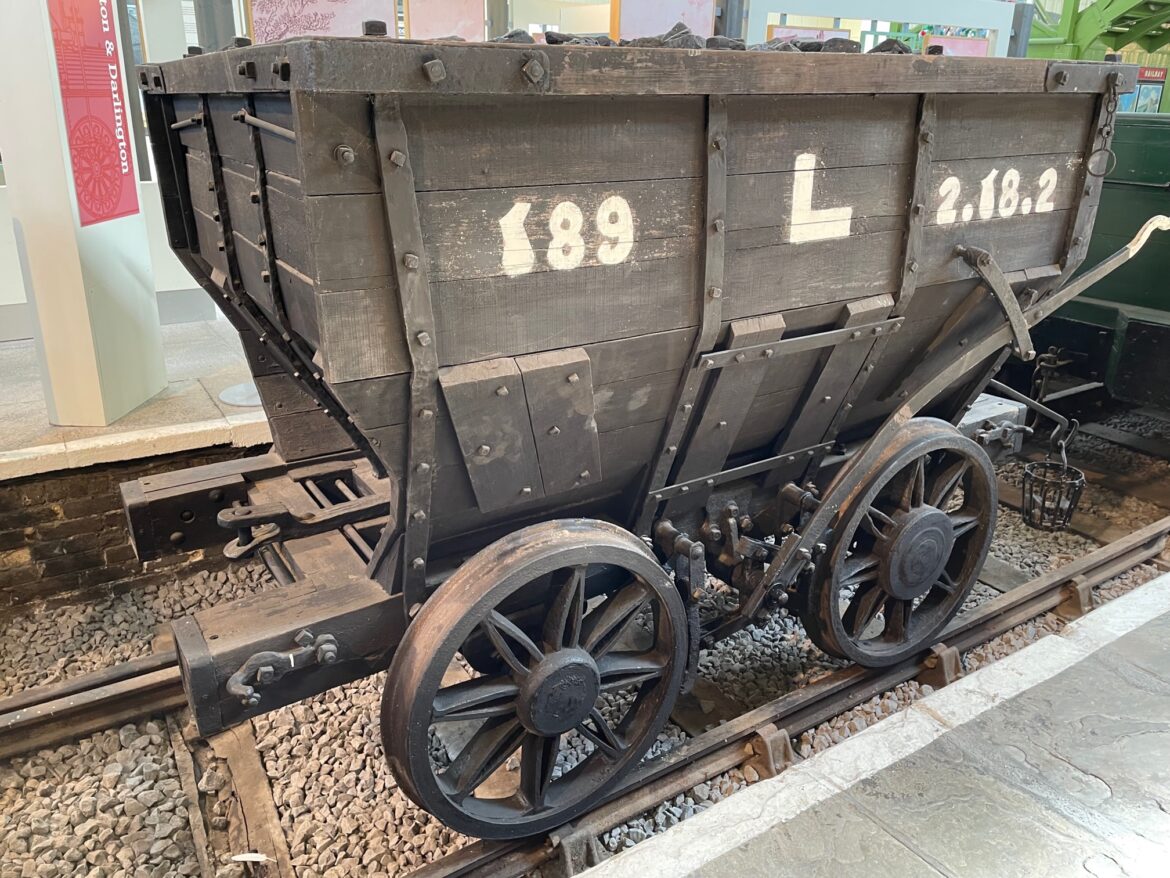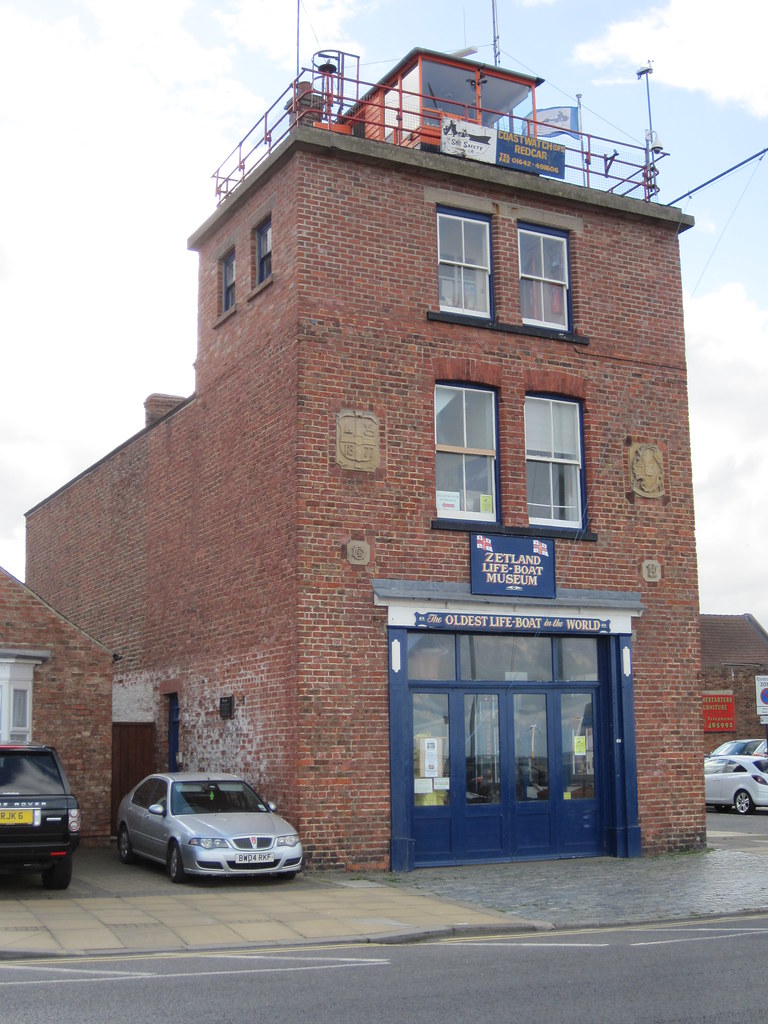Teesside has always been proud of its history, and the people who live here love to shout about the makings of this unsung part of the world.
Teesside has been a place of industry, pilgrimage and a place to live for centuries, and the remnants and stories of the past are all around us.
Across Teesside and the Tees Valley there are many museums, big and small, which display these stories along with objects and exhibitions covering a particular aspect of the history of Teesside. Some of the best that we recommend are:
Dorman Museum
Linthorpe Road, Middlesbrough
[Website]
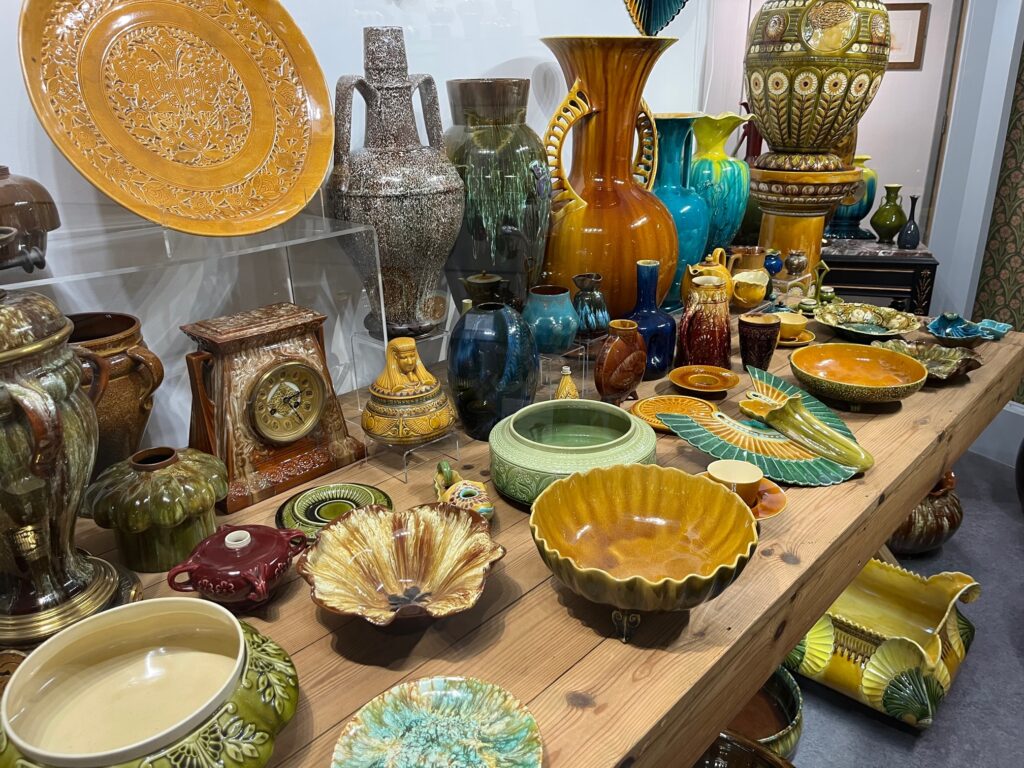
A collection of Christopher Dresser pottery
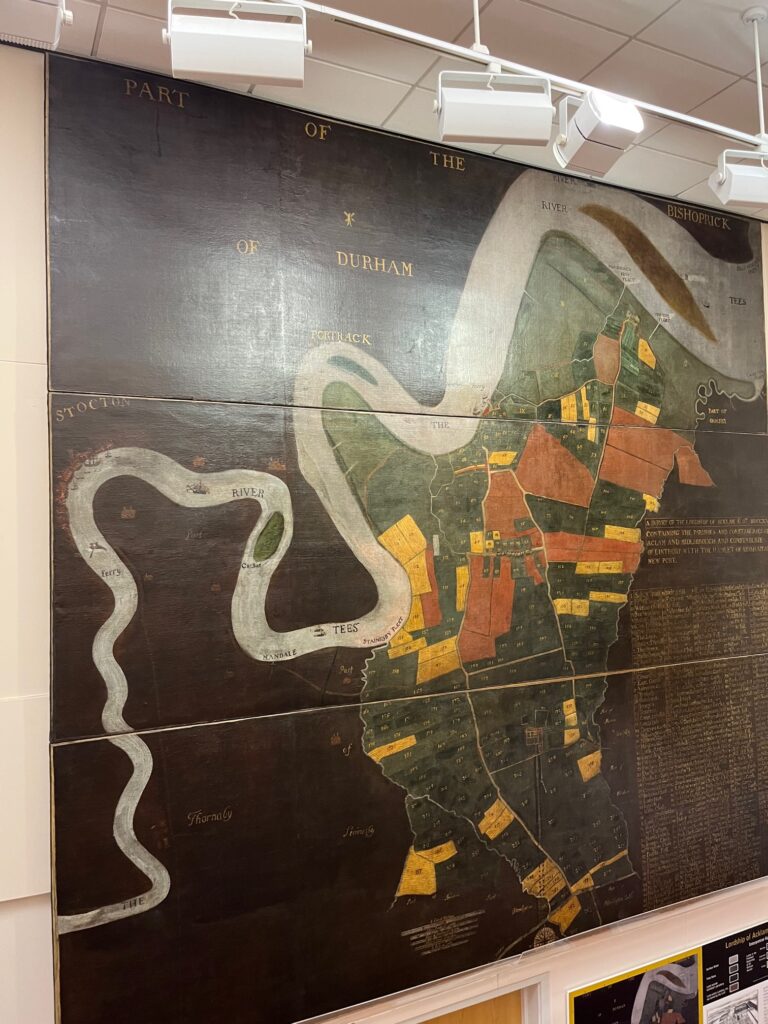
The Lordship of Acklam plan
A well-known and longstanding museum situated in the heart of Middlesbrough next to Albert Park.
Named by Sir Arthur Dorman, who founded Dorman Long steelworks, after his son George Lockwood Dorman, it opened in this purpose-built building in 1904.
Today it has displays on the history of Middlesbrough, with many important objects from its early days, as well as displays on Christopher Dresser and many of his pottery designs from the former Linthorpe Pottery.
Hopetown
Darlington
[Website]
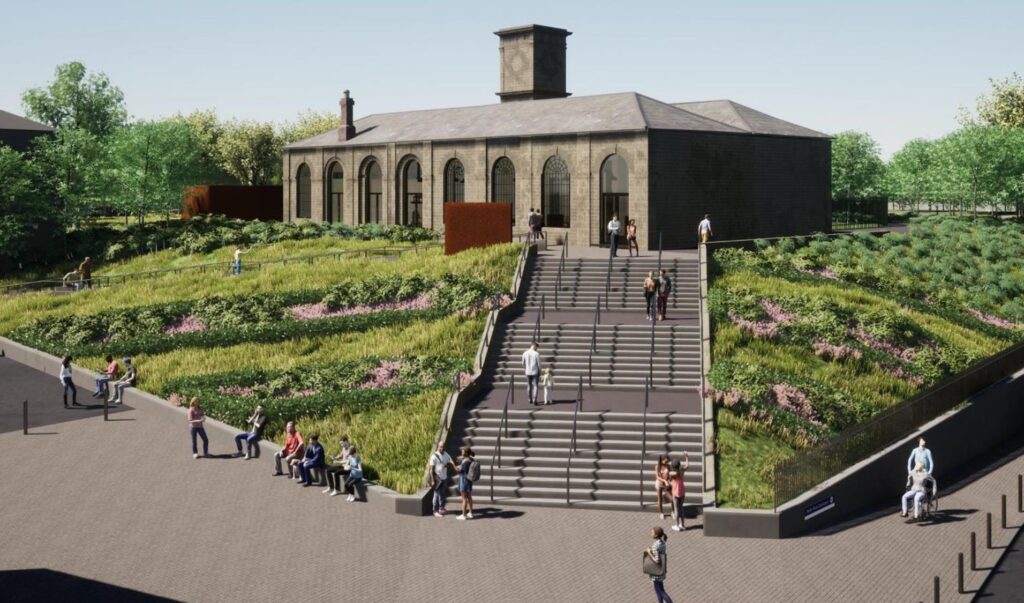
Reopening in summer 2024 ahead of the bicentenary of the opening of the Stockton & Darlington Railway, this is an amazing museum celebrating the region’s railway heritage.
Occupying part of the North Road Station, it displays many early engines built in Darlington and lots of items from the world’s first railway.
Alongside it are the heritage buildings surviving from the Hopetown area which was once a world leader in railways and train production.
Areas you’ll be able to enjoy include the Wagon Woods, Goods Shed, Carriage Works, Locomotive Works, the station itself. Plus, nearby is the historic Skerne Bridge (the oldest railway bridge still in use in the world).
Preston Park Museum & Grounds
Preston Park, Eaglescliffe
[Website]
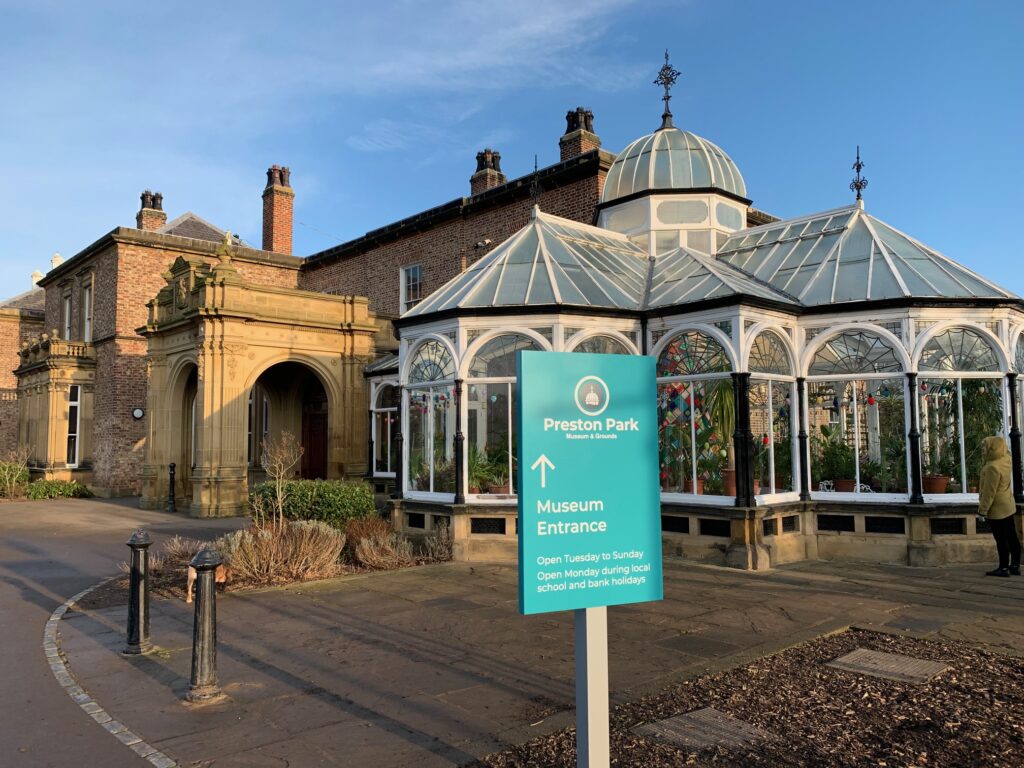
A former home of the Ropner family, Preston Hall is a Victorian mansion which forms the centrepiece of Preston Park in Eaglescliffe.
It has seen a lot of updates in recent years, and soon a new centre will be built to add to its exhibition spaces.
Inside, the museum displays many items from the history of Stockton, including home life, industry and entertainment. Of particular interest are some remnants from Stockton’s long-lost castle!
Outside, the Victorian street is a favourite, with reproductions of shops that might have adorned Stockton High Street back in the day, and actors dressed in period costume.
Land of Iron
Skinningrove
[Website]
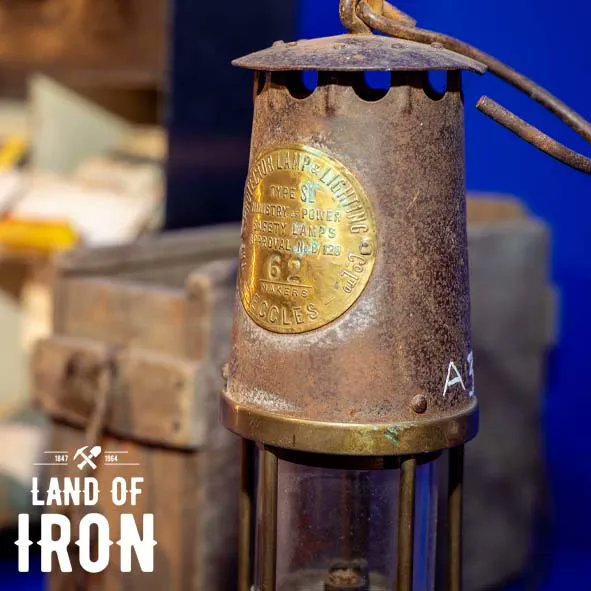
Formerly the Cleveland Ironstone Mining Museum.
The history of mining goes hand in hand with the history of Teesside, and this museum at Skinningrove tells its story.
Occupying the former Loftus Mine which opened in 1865 and closed in 1958, you can experience what life was like underground.
It preserves the legacy of mining in the region, and displays many items from the days of active mines across Teesside.
Kirkleatham Museum
Kirkleatham, Redcar
[Website]
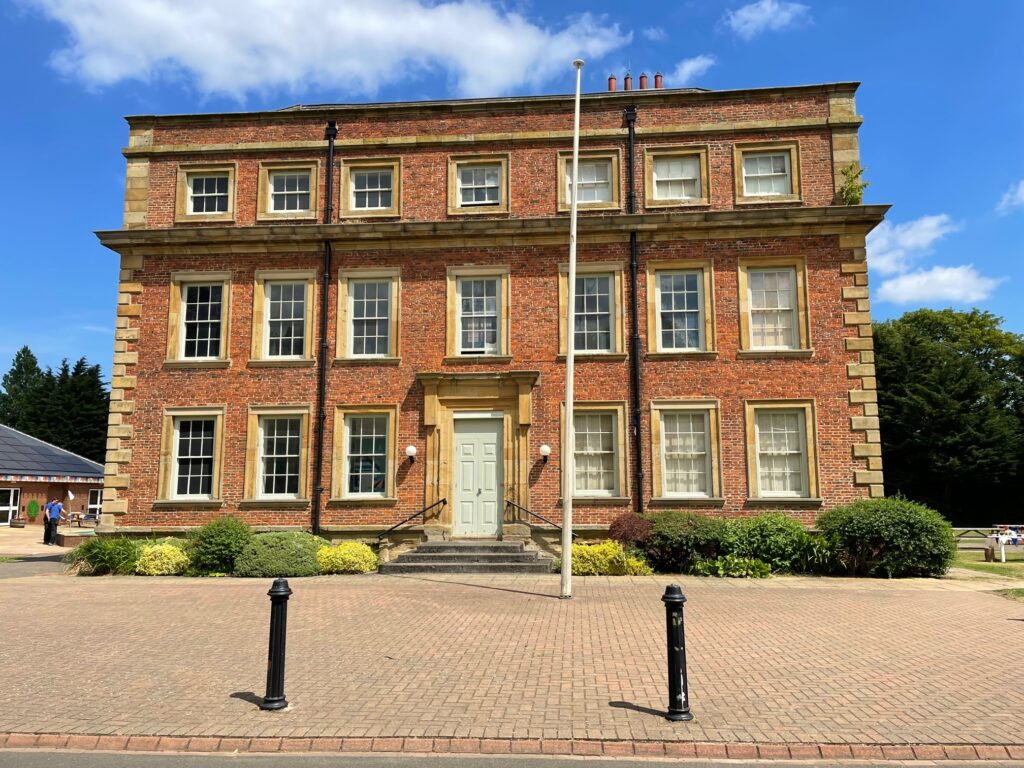
Situated close to Redcar, Marske and Saltburn, the Kirkleatham Museum occupies a former Free School for Boys in a 1709 building which looks like a country manor!
Inside you’ll find all kinds of displays and artifacts that cover the history of East Cleveland, with lots of emphasis on industries like mining and steel production, which were so important in this part of Teesside.
There have also been displays on the Street House Anglo Saxon cemetery discovered nearby.
Zetland Lifeboat Museum
Redcar
[Website]
Hosting the oldest surviving lifeboat in the world, Redcar’s Zetland Lifeboat Museum & Redcar Heritage Centre is dedicated to telling the story of Teessiders who risked their lives protecting those at sea.
The Zetland lifeboat and museum occupies the boathouse built in 1907 which was the launch point for many daring rescues.
Captain Cook Birthplace Museum
Marton, Middlesbrough
[Website]
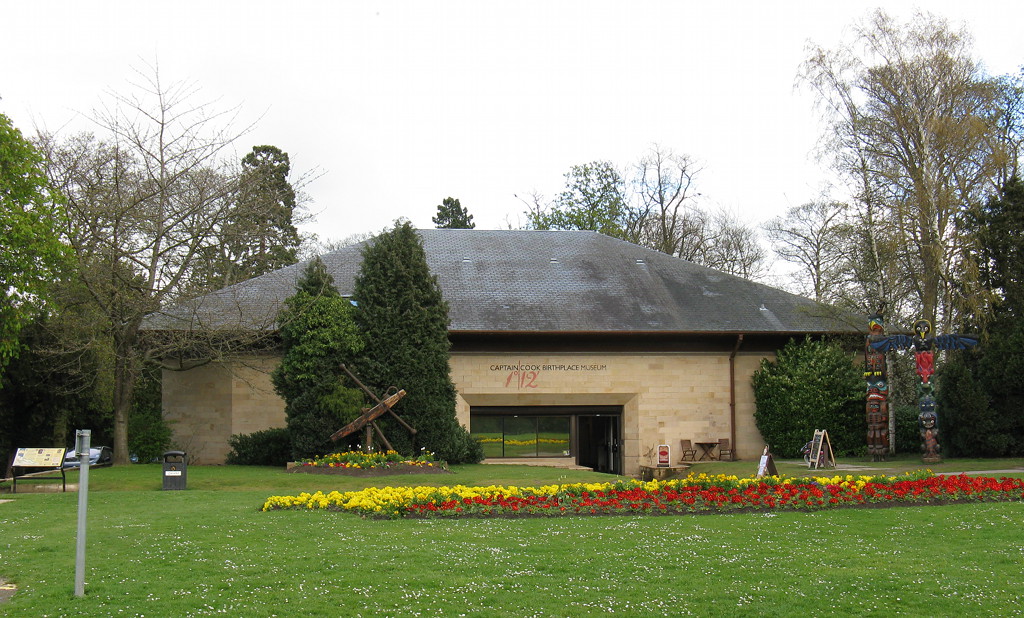
While its future is currently being debated, the Captain Cook Birthplace Museum is still included here as telling a vital part of the history of Teesside, and one of its most famous sons.
James Cook was born close to this site in the village of Marton (now part of Middlesbrough) in 1728. The museum here opened in 1978 when the later Marton Hall was demolished.
While he went on to live in Great Ayton, Staithes and Whitby before venturing off into the New World and eventually losing his life, Cook’s legacy still forms part of the identity of Teesside and something we’re proud of.
The museum tells his story here in Marton, as well as elsewhere.
Museum of Hartlepool
Hartlepool Marina
[Website]
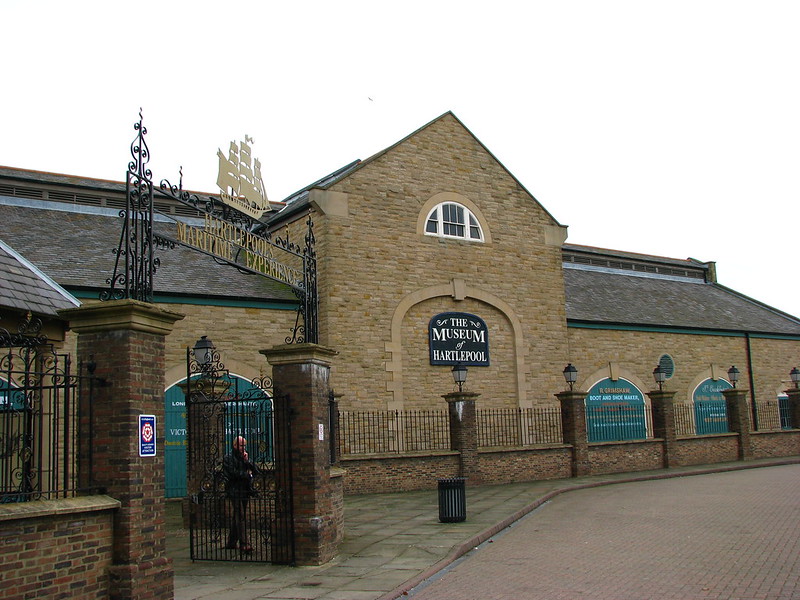
Photo (c) Yaffa Phillips
The history of the northern coastal area of Teesside is told here in the Hartlepool Museum. Discover the town’s maritime and social history and see many objects and displays on the past.
The town’s importance as one of the first places in the UK to be attacked during World War I is also told.
It runs alongside the National Museum of the Royal Navy Hartlepool, which is also an excellent place to visit and shows what life was like in a maritime town like Hartlepool during the 18th century.
Which is your favourite Teesside museum? Leave a comment below!

